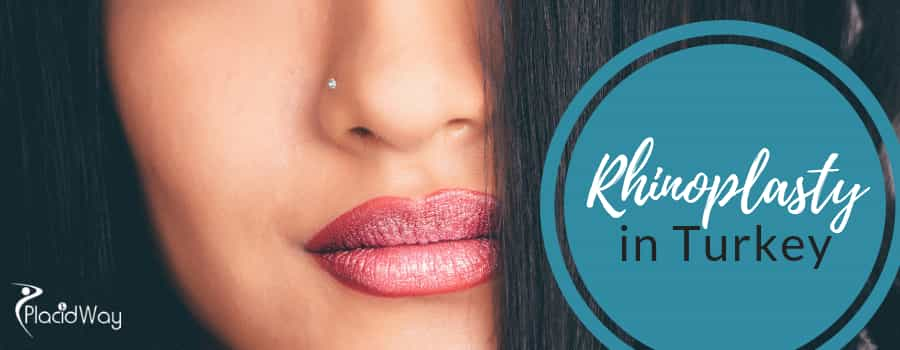
Do you find yourself focusing on your nose in photos? Maybe you feel it doesn’t quite fit your face, or perhaps you struggle with breathing issues related to its shape. Feeling unhappy with your nose is common, and it can significantly impact self-confidence. Thankfully, modern surgery offers a solution: rhinoplasty, commonly known as a nose job. Nose job in Turkey is very popular procedure.
10 Best Rhinoplasty Surgeons in Turkey 2025
| Nose Job Surgeons | Location |
|---|---|
| Dr. Mehmet Emin | Istanbul |
| Dr. Cemil Isik | Istanbul |
| Dr. Fatih Uygur | Izmir |
| Dr. Ozhan Celebiler | Istanbul |
| Dr. Oguz Kayiran | Istanbul |
| Dr. Sibel Atalay | Antalya |
| Dr. Nihal Durmus | Istanbul |
| Dr. Muzaffer Kurt | Istanbul |
| Dr. Asli Can | Izmir |
| Dr. Mehmet Bayramicli | Istanbul |
Note: Book an appointment with these top rhinoplasty surgeons in Turkey by contacting our customer services team.
Increasingly, people are looking towards nose jobs in turkey as a top destination for this life-changing procedure. Why? Turkey combines highly skilled surgeons, state-of-the-art facilities, and surprisingly affordable prices. If you're considering rhinoplasty, this guide will walk you through everything you need to know about getting it done in Turkey.
Why is Turkey a Top Destination for Rhinoplasty?
Turkey, especially Istanbul, has rapidly become a global hotspot for medical tourism, particularly for cosmetic procedures like rhinoplasty. It's not just about cost; several factors contribute to its popularity.
Detailed Content Summary:
- This section explains the key reasons behind Turkey's reputation as a leading center for rhinoplasty, highlighting surgeon expertise, advanced facilities, cost-effectiveness, and the overall patient experience.
Main Points or Subtopics:
- World-Class Surgeons: Many Turkish surgeons specializing in rhinoplasty have extensive international training and years of experience. Some focus exclusively on nose surgery, honing their skills to an exceptional level. They are often members of international plastic surgery societies.
- Specialization & Experience: Due to the high volume of procedures, Turkish surgeons gain vast experience with diverse nose types and complex cases, including ethnic and revision rhinoplasty.
- Advanced Hospitals: Turkey boasts numerous modern hospitals and clinics equipped with the latest technology, adhering to high international standards of safety and care (many are JCI accredited).
- Significant Cost Savings: Compared to the US, UK, or Western Europe, the cost of rhinoplasty in Turkey can be 50-70% lower. This includes surgeon fees, hospital costs, and often comprehensive packages.
- All-Inclusive Packages: Many clinics offer packages covering surgery, anesthesia, hospital stay, hotel accommodation, airport transfers, and translation services, simplifying the process for international patients.
- Cultural Appeal: Combining medical treatment with the chance to visit historic and vibrant cities like Istanbul adds to the attraction for many patients.
What Exactly is Rhinoplasty?
Rhinoplasty is more than just a "nose job." It's a sophisticated surgical procedure designed to change the shape of the nose or improve its function – or often, both!
Detailed Content Summary:
- This section defines rhinoplasty, clarifying its dual potential to address both aesthetic concerns and functional breathing problems.
Main Points or Subtopics:
- Definition: A surgical operation to reshape the nose by modifying the bone or cartilage.
- Aesthetic Goals: To improve the nose's appearance, making it more harmonious with other facial features. This might involve changing size, smoothing bumps, refining the tip, or altering nostril shape.
- Functional Goals: To correct structural problems that impair breathing, such as a deviated septum (the wall dividing the nostrils) or issues with internal nasal valves.
- Combined Approach: Many procedures address both cosmetic desires and breathing difficulties simultaneously, leading to a nose that both looks better and works better.
How is Rhinoplasty Surgery Performed? A Brief Overview
Understanding the basics of the surgery can help ease anxiety. While specific techniques vary, the core process involves careful reshaping under anesthesia.
Detailed Content Summary:
- Provides a high-level overview of the surgical process, focusing on anesthesia and the general approach without overly technical details.
Main Points or Subtopics:
- Anesthesia: Most nose jobs in turkey are performed under general anesthesia, meaning you'll be completely asleep and comfortable during the procedure. Minor adjustments might occasionally use local anesthesia with sedation.
- The Process: The surgeon makes incisions (either hidden inside the nose or including a small one across the columella) to access the underlying bone and cartilage. They then reshape these structures according to the pre-agreed surgical plan. Skin is then redraped over the new framework.
Who is a Good Candidate for Rhinoplasty?
Thinking about a nose job? It's important to know if it's the right choice for you. Several factors make someone a good candidate.
Detailed Content Summary:
- Outlines the criteria for suitability for rhinoplasty, covering physical maturity, health status, motivations, and expectations.
Main Points or Subtopics:
- Facial Maturity: Your facial growth should be complete. This is usually around 17-18 for young women and 18-19 for young men. Operating earlier can interfere with natural development.
- Good Physical Health: You should be generally healthy without serious medical conditions that could impair healing or increase surgical risks.
- Specific Concerns: You have clear, specific issues with your nose's appearance (e.g., hump, size, asymmetry, tip shape) or function (breathing problems).
- Realistic Expectations: You understand what rhinoplasty can and cannot achieve. The goal is improvement, not perfection, and results should harmonize with your overall facial features.
- Psychological Readiness: You are doing this for yourself, not due to pressure from others, and are prepared for the recovery process and the gradual emergence of the final result.
- Non-Smoker: Smoking significantly hinders healing. You should quit smoking several weeks before and after surgery, or ideally, not smoke at all.
Common Reasons People Seek Rhinoplasty in Turkey
Patients choose rhinoplasty for a wide variety of reasons, both aesthetic and functional.
Detailed Content Summary:
- Details the specific nasal characteristics or problems that frequently lead individuals to consider rhinoplasty.
Main Points or Subtopics:
- Aesthetic Concerns:
- Size: Nose appears too large or too small for the face.
- Dorsal Hump: A bump on the bridge of the nose.
- Nasal Width: Bridge or nostrils seem too wide.
- Tip Issues: Tip is bulbous, drooping, upturned, or lacks definition.
- Nostril Shape: Nostrils are too wide, flared, or asymmetrical.
- Asymmetry: Nose appears crooked or off-center, perhaps due to injury or development.
- Previous Injury: Correcting deformities caused by trauma.
- Functional Concerns:
- Breathing Difficulties: Often caused by a deviated septum or other internal blockages. Rhinoplasty combined with septoplasty (septorhinoplasty) can correct this.
- Congenital Defects: Addressing birth defects affecting nasal structure and function.
Understanding Rhinoplasty Surgery Types
Surgeons use different approaches depending on the patient's needs and the complexity of the surgery. Knowing the types can help your discussion with the surgeon.
Detailed Content Summary:
- Explains the main surgical techniques used in rhinoplasty (Open, Closed, Preservation) and mentions specialized types like Ethnic and Revision rhinoplasty.
Main Points or Subtopics:
- Open Rhinoplasty:
- Involves a small incision across the columella (the tissue between the nostrils), allowing the surgeon to 1 lift the skin for maximum visibility.
- Often preferred for complex reshaping, significant tip work, or revision surgeries.
- The small scar usually heals very well and becomes inconspicuous.
- Closed Rhinoplasty:
- All incisions are hidden inside the nostrils.
- Avoids any external scarring.
- Suitable for less complex cases or modifications mainly involving the nasal bridge.
- May offer slightly less swelling initially.
- Preservation Rhinoplasty:
- A newer philosophy focusing on preserving as much of the original bone and cartilage structure as possible.
- Involves reshaping structures from underneath rather than removing and rebuilding them extensively.
- Aims for very natural results and potentially a smoother, faster recovery by minimizing tissue trauma.
- Ethnic Rhinoplasty:
- Tailors the procedure to respect and enhance the unique nasal characteristics associated with different ethnic backgrounds (e.g., Middle Eastern, African, Asian, Hispanic noses). The goal is improvement and harmony, not creating a "Westernized" nose unless desired.
- Revision Rhinoplasty:
- Performed to correct issues or dissatisfaction resulting from a previous nose surgery.
- Often more complex due to scar tissue and altered anatomy. Requires a highly experienced surgeon.
How Much Do Nose Jobs in Turkey Typically Cost?
Cost is a major factor for many considering treatment abroad. Rhinoplasty in Turkey offers exceptional value, but prices aren't fixed. Understanding the factors involved helps manage expectations.
Detailed Content Summary:
- This section provides a realistic overview of rhinoplasty costs in Turkey. It gives estimated price ranges, explains the key factors influencing the final cost (surgeon's expertise, procedure complexity, technique, hospital choice, package inclusions), and compares these costs to Western countries. It emphasizes the need for personalized quotes while highlighting the potential for significant savings without compromising quality, making it a crucial part of the decision-making process for potential patients.
Main Points or Subtopics:
- Estimated Price Range: Generally, nose jobs in turkey range from $2,500 to $7,000 USD. Revision surgeries typically fall at the higher end or may exceed this range due to complexity.
- Factors Influencing Cost:
- Surgeon's Experience & Reputation: Highly sought-after surgeons with extensive experience command higher fees.
- Complexity of the Case: Primary rhinoplasty is usually less costly than complex revisions or cases requiring significant grafting.
- Surgical Technique: Open vs. Closed vs. Preservation techniques might have slightly different associated costs.
- Hospital Fees: The quality and reputation of the hospital or clinic impact the price.
- Anesthesia Fees: Costs associated with the anesthesiologist.
- Package Inclusions: Whether the price includes consultations, post-op care, accommodation, transfers, medications, etc.
- Comparison: This contrasts sharply with typical costs in the US or UK, where rhinoplasty often ranges from $8,000 to $20,000+ USD.
- Transparency: Reputable clinics provide detailed quotes outlining exactly what is included after a consultation. Be wary of prices that seem too low without clear explanations.
Choosing the Best Rhinoplasty Surgeon in Turkey for You
This is the most critical step. Your results and safety depend heavily on the surgeon's skill and experience. Don't rush this decision.
Detailed Content Summary:
- Provides crucial, actionable advice on how to research, evaluate, and select a qualified and suitable rhinoplasty surgeon in Turkey.
Main Points or Subtopics:
- Check Board Certifications: Look for surgeons certified in Otorhinolaryngology (ENT/Head and Neck Surgery) or Plastic, Reconstructive, and Aesthetic Surgery. Membership in relevant Turkish and international societies (e.g., EAFPS, ISAPS) is a good sign.
- Verify Specialization: Does the surgeon specialize in rhinoplasty, or is it just one of many procedures they perform? A dedicated focus often leads to better expertise.
- Review Before & After Galleries: Study their portfolio extensively. Look for consistency, natural-looking results, and cases similar to yours. Do the outcomes align with your aesthetic goals?
- Read Patient Reviews: Seek out reviews on independent platforms, forums, and the surgeon's website. Look for detailed accounts of patient experiences, results, and aftercare.
- Schedule Virtual Consultations: Most surgeons offer online consultations for international patients. This allows you to discuss your goals, ask questions, and assess their communication style and professionalism.
- Assess Communication: Ensure the surgeon (or their team) communicates clearly in English or provides reliable translation. You need to feel understood and comfortable.
- Ask About Techniques: Discuss which technique (Open, Closed, Preservation) they recommend for you and why.
- Trust Your Instincts: Choose a surgeon you feel comfortable with and confident in.
Getting Ready: Preparing for Your Rhinoplasty
Once you've chosen your surgeon and scheduled your procedure, preparation is key for a smooth experience and optimal results.
Detailed Content Summary:
- Outlines the essential steps patients need to take before undergoing rhinoplasty surgery in Turkey.
Main Points or Subtopics:
- Follow Pre-Op Instructions: Your surgeon will provide specific guidelines. Adhere to them carefully.
- Medical Evaluation: You might need pre-operative tests (blood work, ECG) to ensure you're fit for surgery.
- Medication Adjustments: Stop taking blood thinners (aspirin, ibuprofen), certain vitamins (like Vitamin E), and herbal supplements at least 1-2 weeks before surgery, as advised by your doctor. Inform your surgeon of ALL medications and supplements you take.
- Stop Smoking: Quit smoking at least 4-6 weeks before and after surgery. Nicotine severely compromises blood flow and healing.
- Arrange Time Off: Plan for adequate recovery time off work or school (typically 1-2 weeks minimum).
- Plan Travel & Accommodation: Book flights and arrange accommodation (often included in packages). Plan for someone to accompany you if possible.
- Prepare for Recovery: Stock up on comfortable clothing, easy-to-prepare foods, prescribed medications, and entertainment for your downtime.
The Recovery Journey: What to Expect After Your Nose Job
Recovery from rhinoplasty is a gradual process. Knowing what to expect week by week can help you navigate this phase patiently.
Detailed Content Summary:
- Describes the typical stages and experiences during the post-operative recovery period following rhinoplasty.
Main Points or Subtopics:
- Immediately After Surgery: You'll wake up with a splint or cast on your nose, possibly packing inside, and potentially under-eye bruising and swelling. Discomfort is managed with pain medication. Discharge is usually the same or the next day.
- Week 1:
- Focus on rest with your head elevated.
- Expect peak swelling and bruising around days 2-3. Cold compresses help.
- Nasal congestion is normal. Avoid blowing your nose.
- Internal packing (if used) and the external splint/cast are typically removed around day 6-7. This is a significant milestone!
- Weeks 2-4:
- Bruising usually fades significantly. Much of the initial swelling subsides, but the nose will still look puffy.
- You can likely return to work/school (non-strenuous).
- Light activity can resume, but avoid heavy lifting, straining, or contact sports.
- Months 1-3:
- Swelling continues to decrease gradually. The nasal tip often remains swollen the longest.
- Breathing should improve steadily.
- You'll start seeing more definition in your nose shape.
- Months 6-12 (and beyond):
- The majority of swelling resolves, revealing close to the final result.
- Subtle changes and refinement can continue for up to 18 months, especially in the tip.
- Patience is crucial during this final phase.
Potential Risks and Considerations
Like any surgery, rhinoplasty carries potential risks. Choosing a qualified surgeon minimizes these, but it's important to be aware.
Detailed Content Summary:
- Honestly discusses the potential complications associated with rhinoplasty surgery, balancing them with the safety measures taken by experienced surgeons.
Main Points or Subtopics:
- General Surgical Risks: Bleeding, infection, adverse reaction to anesthesia.
- Rhinoplasty-Specific Risks:
- Numbness or changes in skin sensation (usually temporary).
- Difficulty breathing through the nose.
- Nasal septal perforation (a hole in the septum).
- Asymmetry.
- Persistent pain.
- Unsatisfactory aesthetic result.
- Need for revision surgery (studies suggest revision rates can range from 5-15% even with experienced surgeons).
- Mitigation: Thorough pre-operative assessment, choosing a board-certified, experienced surgeon, and carefully following post-operative instructions significantly reduce risks.
Frequently Asked Questions (FAQs) about Nose Jobs in Turkey
Q: Is getting a nose job in Turkey truly safe?
A: Yes, when done by qualified, board-certified surgeons in accredited facilities, rhinoplasty in Turkey is generally very safe. Turkey has modern medical infrastructure and surgeons with vast experience. The key is thorough research – verify credentials, read reviews, and choose reputable clinics that prioritize patient safety and adhere to international standards. Avoid deals that seem too good to be true.
Q: How long do I need to stay in Turkey after rhinoplasty?
A: Most surgeons recommend staying in Turkey for at least 7 to 10 days post-surgery. This allows for the initial recovery phase, removal of the cast/splint (usually around day 7), and at least one post-operative check-up before you fly home. Planning for a slightly longer stay can reduce stress if minor issues arise.
Q: When will I see the final results of my nose job?
A: While you'll see significant changes once the cast comes off, this is not the final result due to swelling. Major swelling subsides within the first few weeks, but residual swelling, especially at the tip, can take 6 months to a year, sometimes even longer, to fully resolve. Be patient; the nose shape will continue to refine over many months.
Q: Will my nose look 'natural' after surgery in Turkey?
A: The goal of most skilled rhinoplasty surgeons in Turkey is to create natural-looking results that harmonize with your unique facial features. Discuss your aesthetic goals clearly during the consultation. Reviewing the surgeon's before-and-after photos will give you a good sense of their typical style and ability to achieve subtle, natural enhancements.
Q: What happens if I'm not happy with my results?
A: Dissatisfaction can happen, even with the best surgeons. Communicate concerns with your surgeon first. Minor issues might resolve as swelling subsides. Significant concerns might require revision surgery. Discuss the surgeon's revision policy before your initial operation. Revision rhinoplasty is more complex and may incur additional costs, although some surgeons offer reduced fees for their own revisions.
Ready to Take the Next Step Towards Your New Nose?
Deciding on a nose job is a big step, and choosing to have it done in Turkey can be an excellent way to achieve your goals affordably without compromising on quality. From highly skilled surgeons to modern facilities and significant cost savings, Turkey offers compelling advantages. By doing thorough research, selecting the right surgeon, and having realistic expectations, you can embark on this journey with confidence.
The potential to improve your appearance, boost your self-esteem, and even breathe easier makes exploring nose jobs in turkey a worthwhile consideration.
Ready to connect with experienced rhinoplasty surgeons in Turkey? PlacidWay can help you find accredited clinics and get personalized, no-obligation quotes. Contact PlacidWay today to start your journey!
If you want to know more specific information regarding the available Rhinoplasty in Turkey, click the link given below:
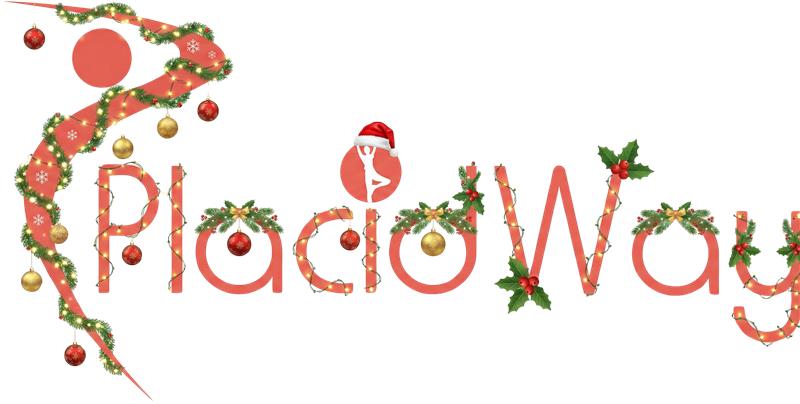
.png)

.png)
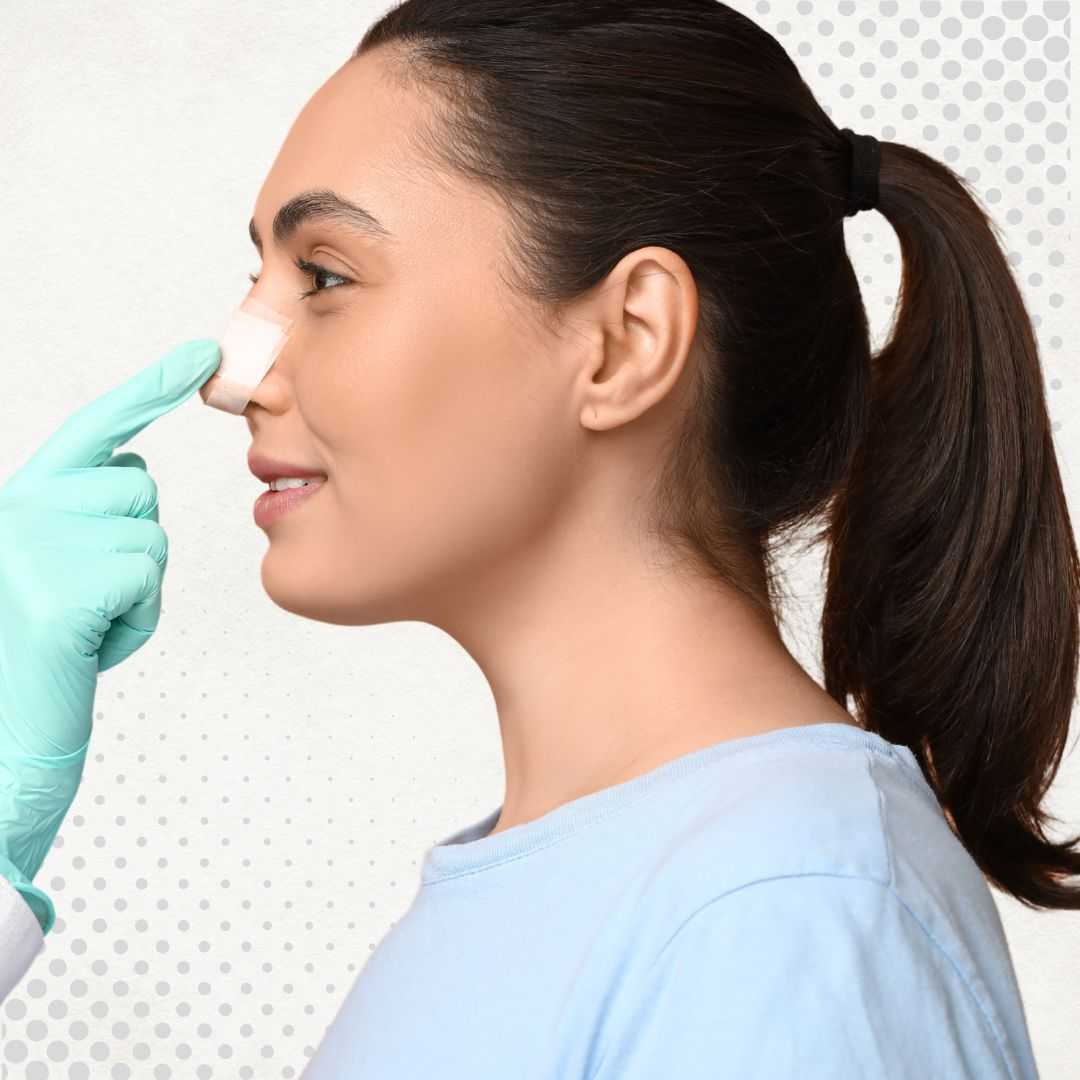
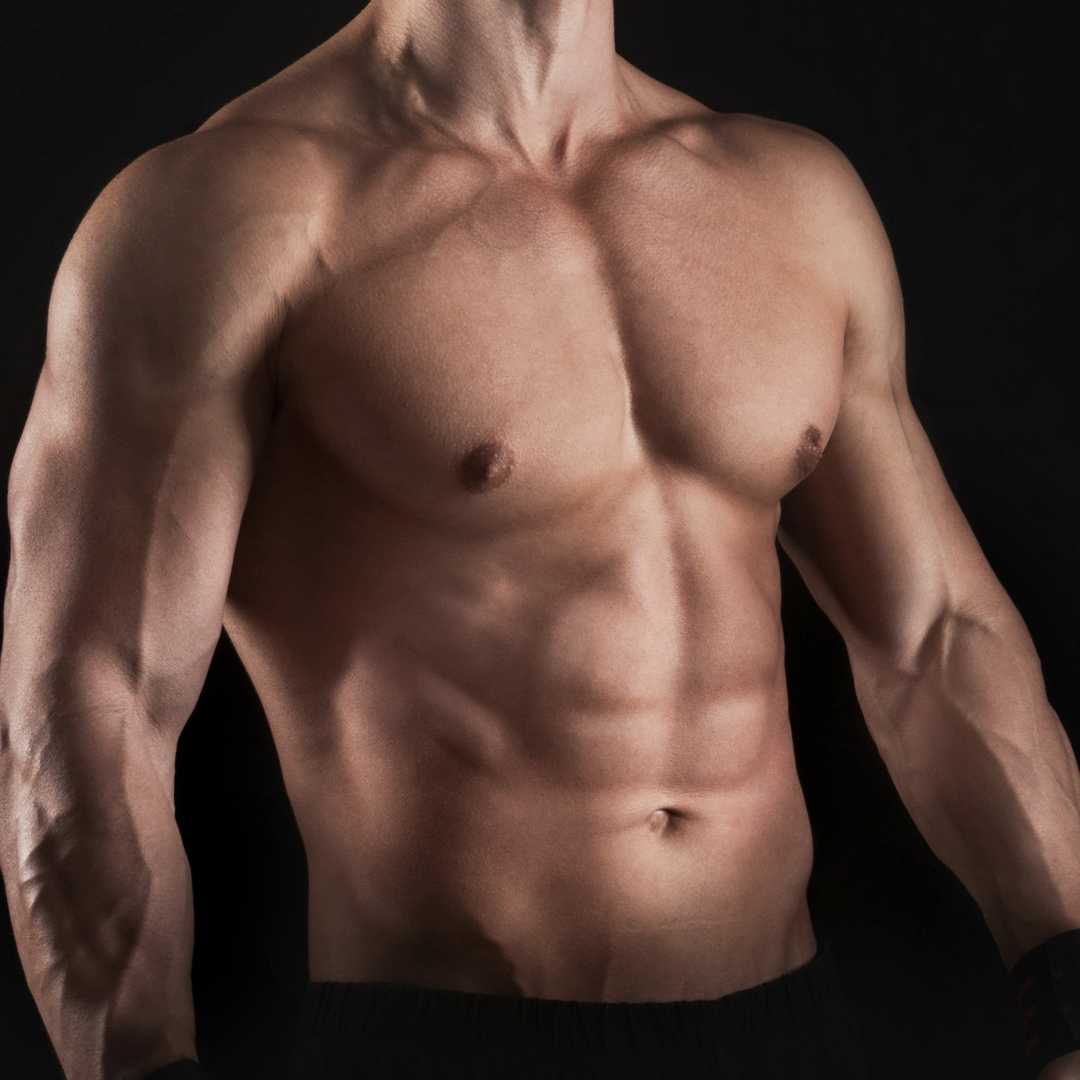
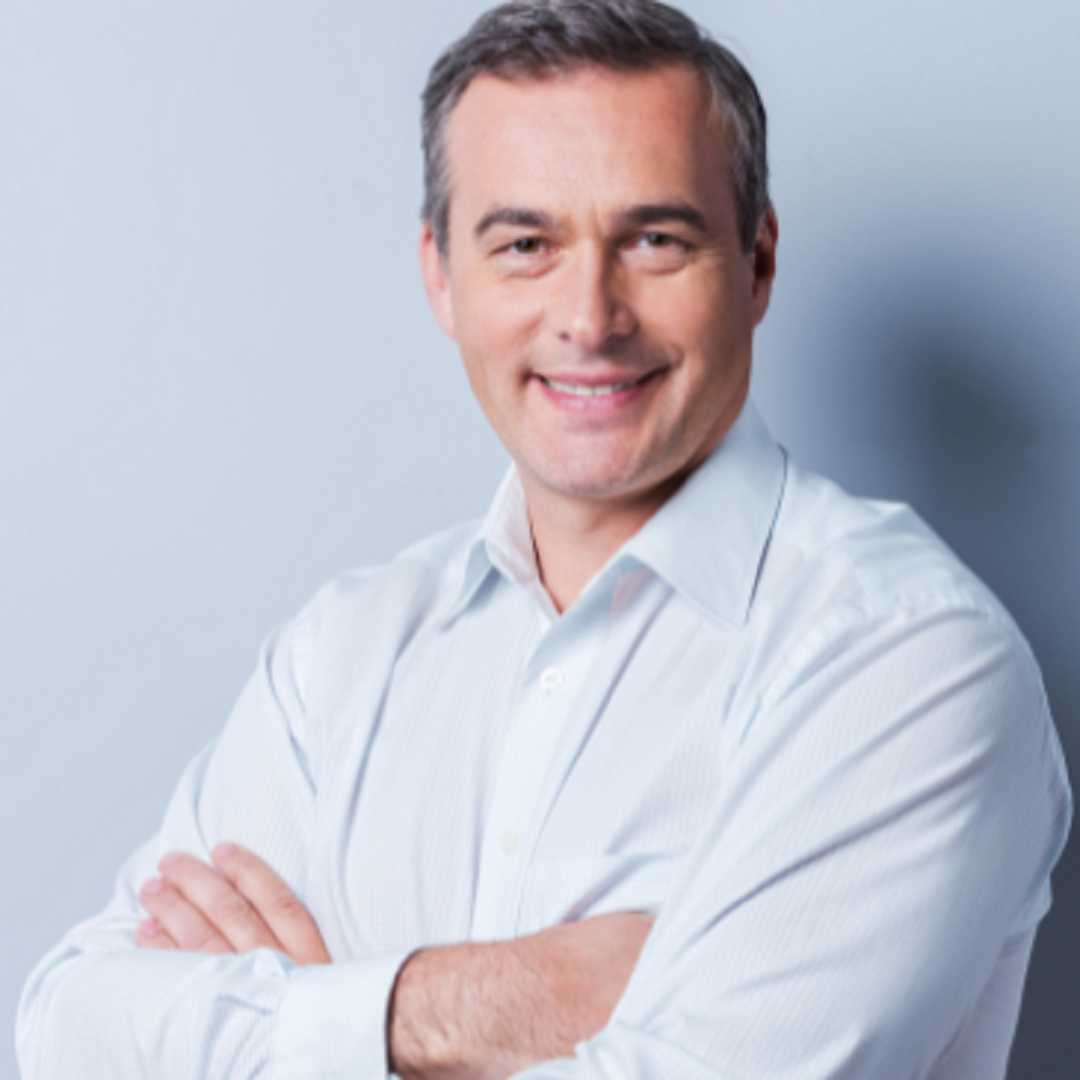
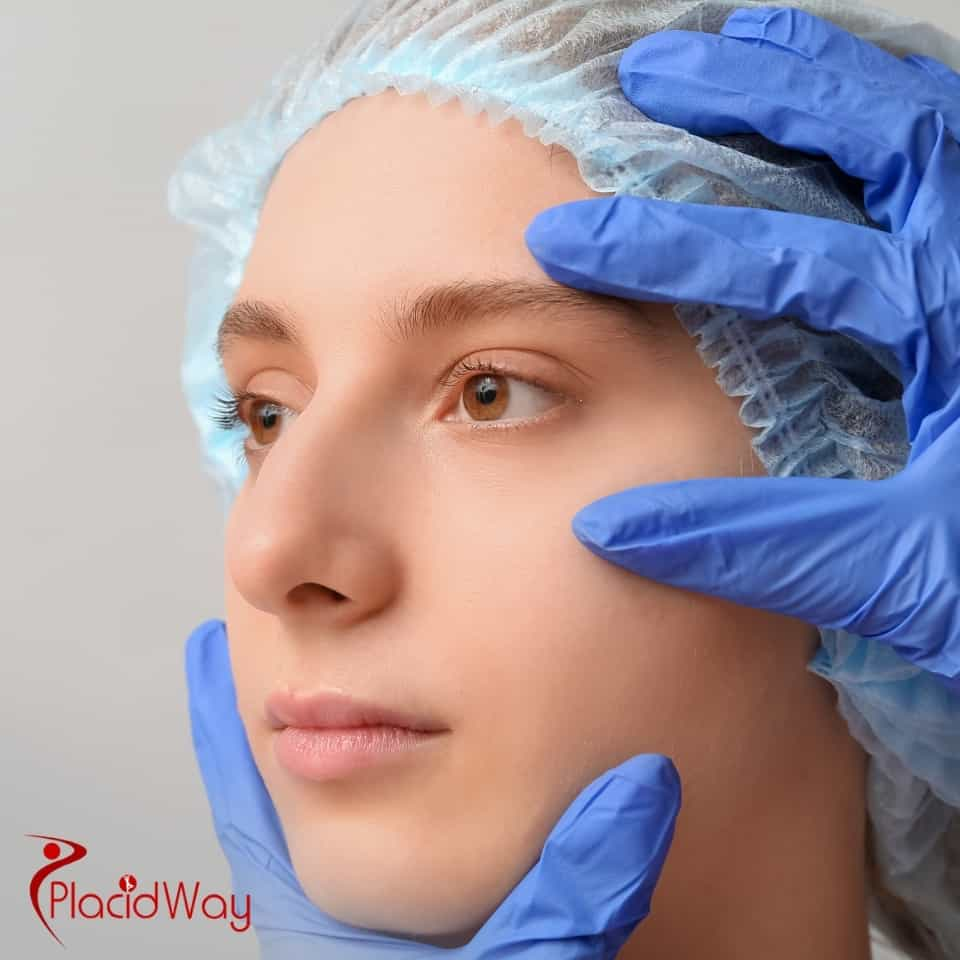
.png)
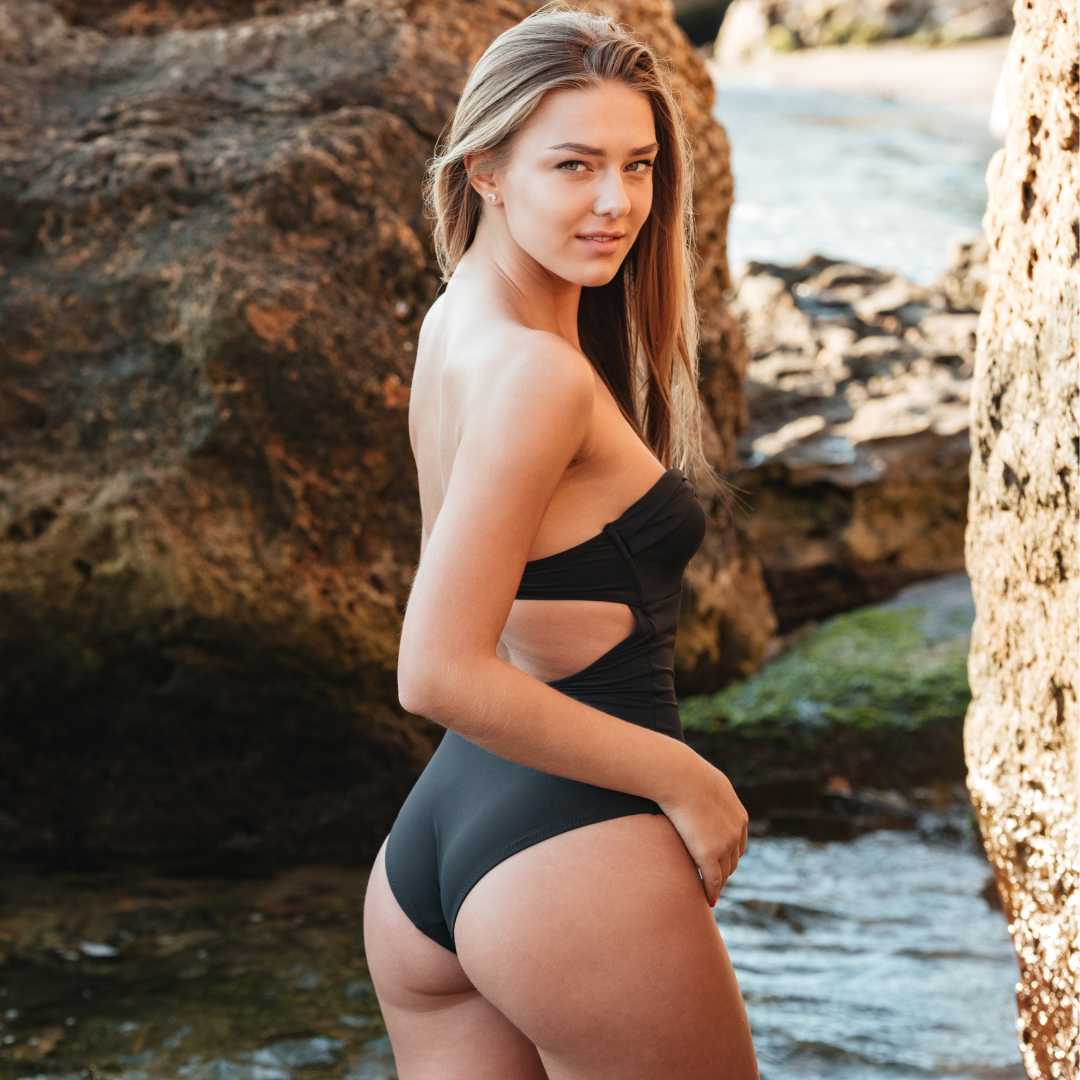
.png)
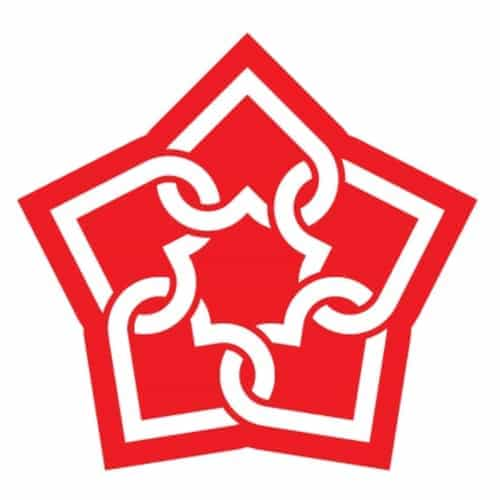
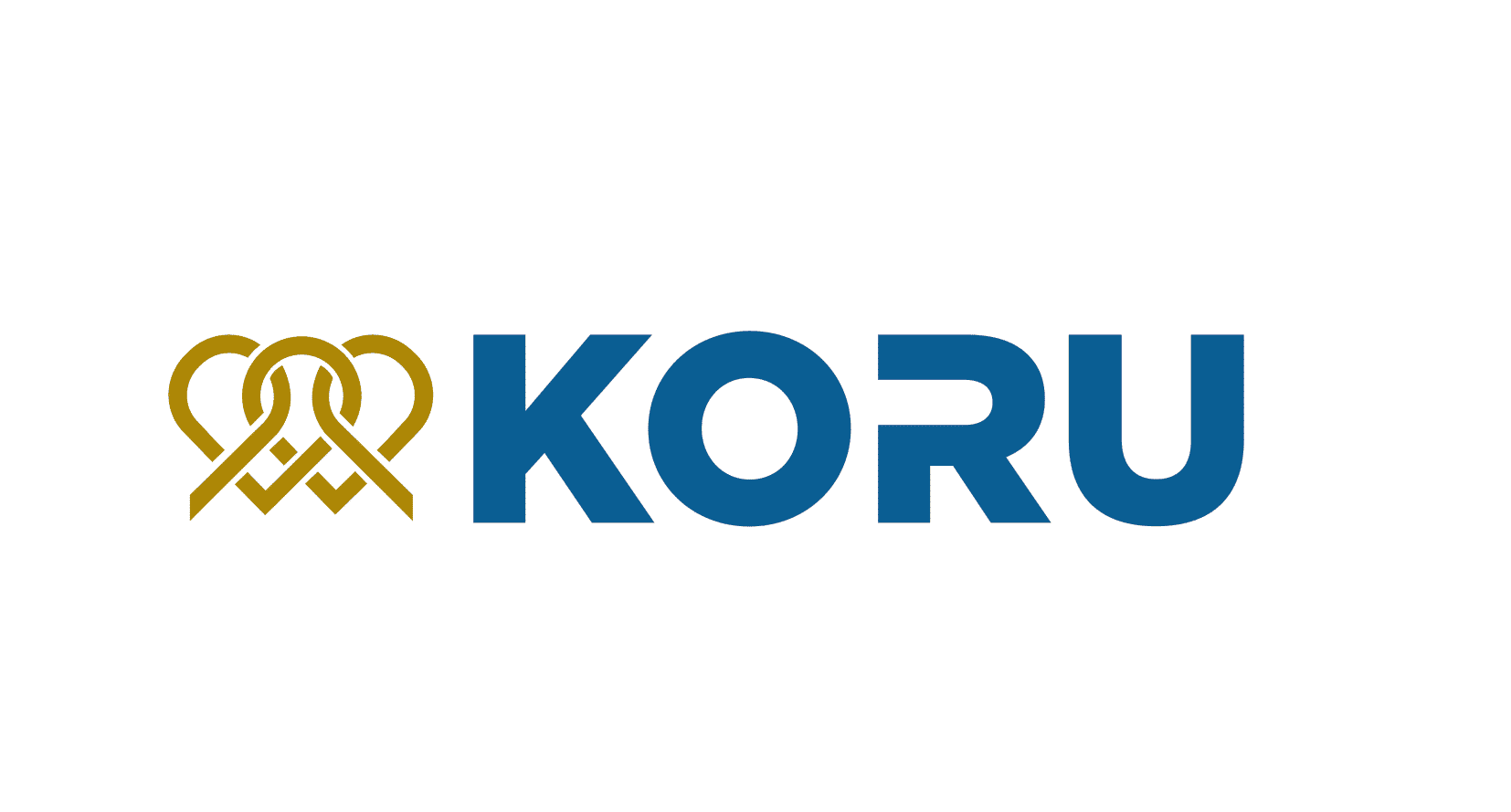
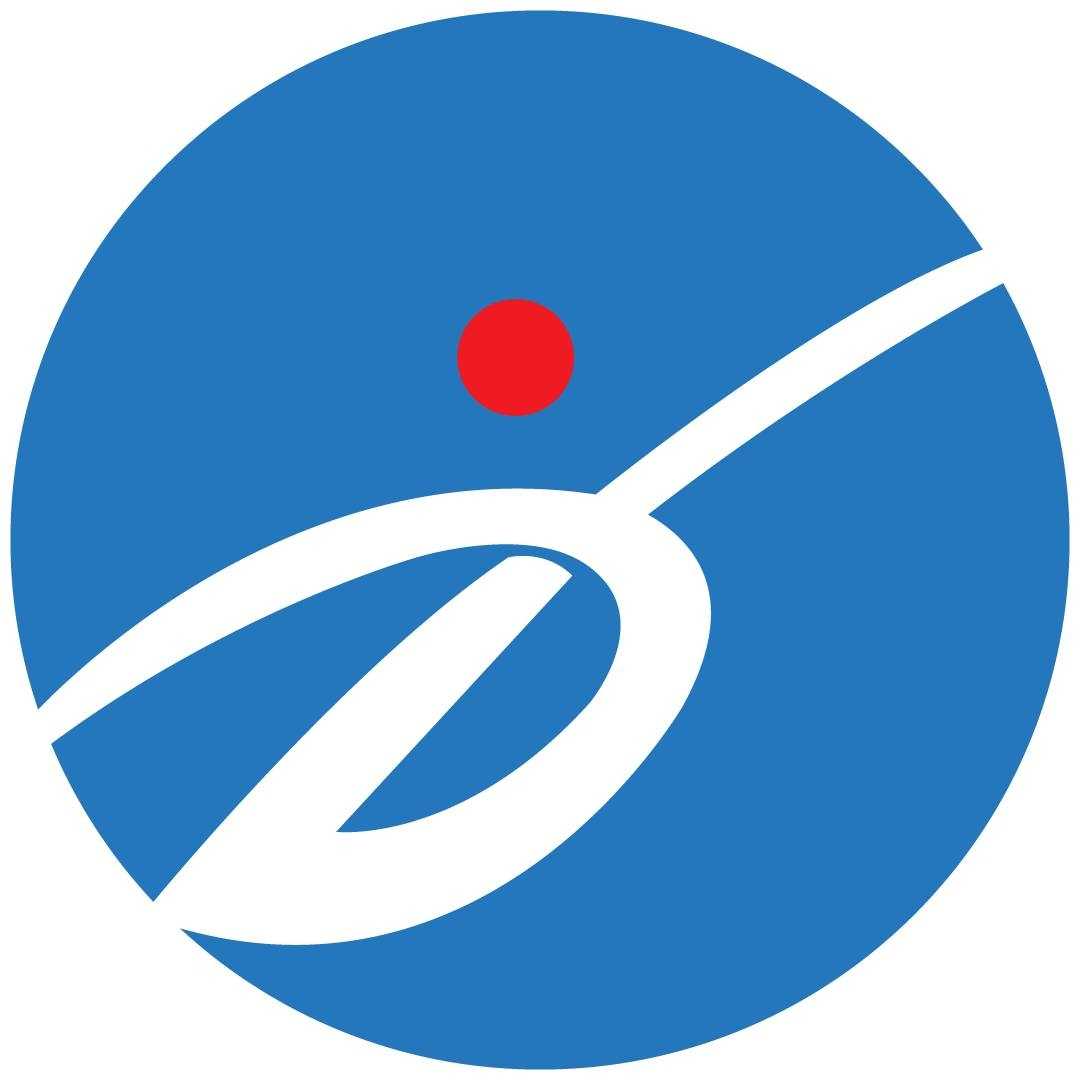
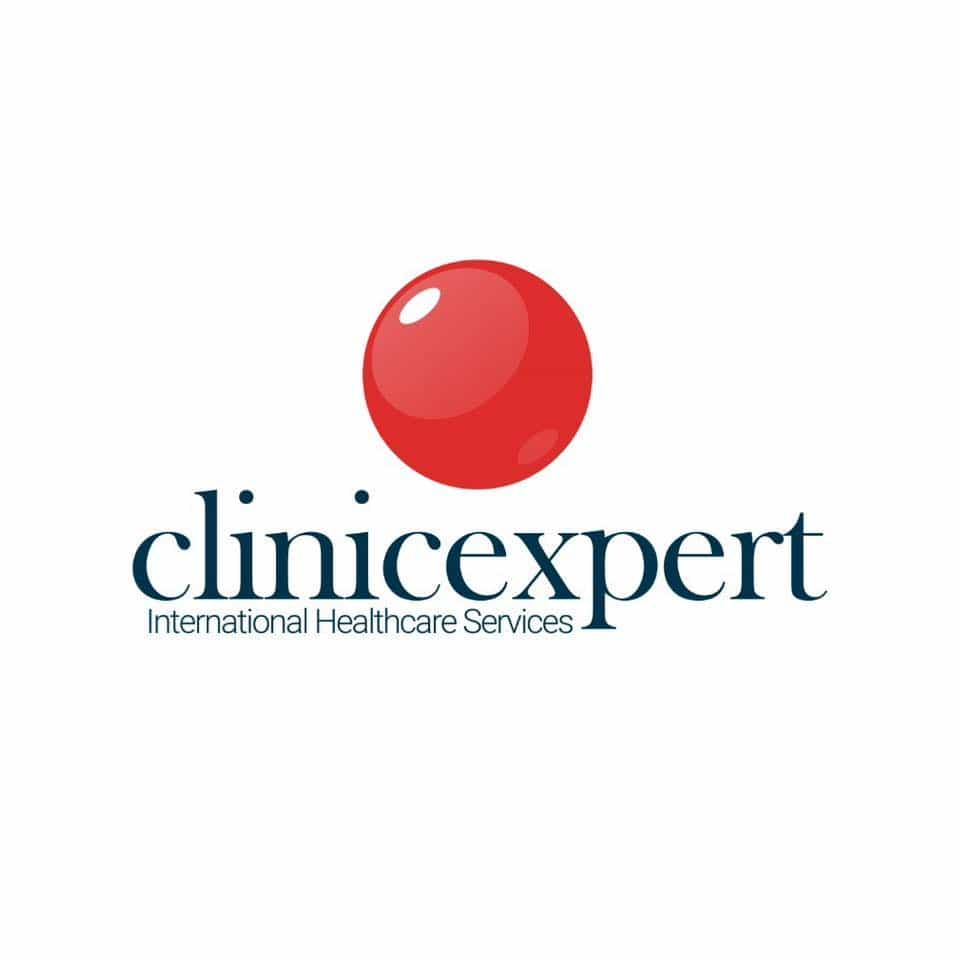


Share this listing